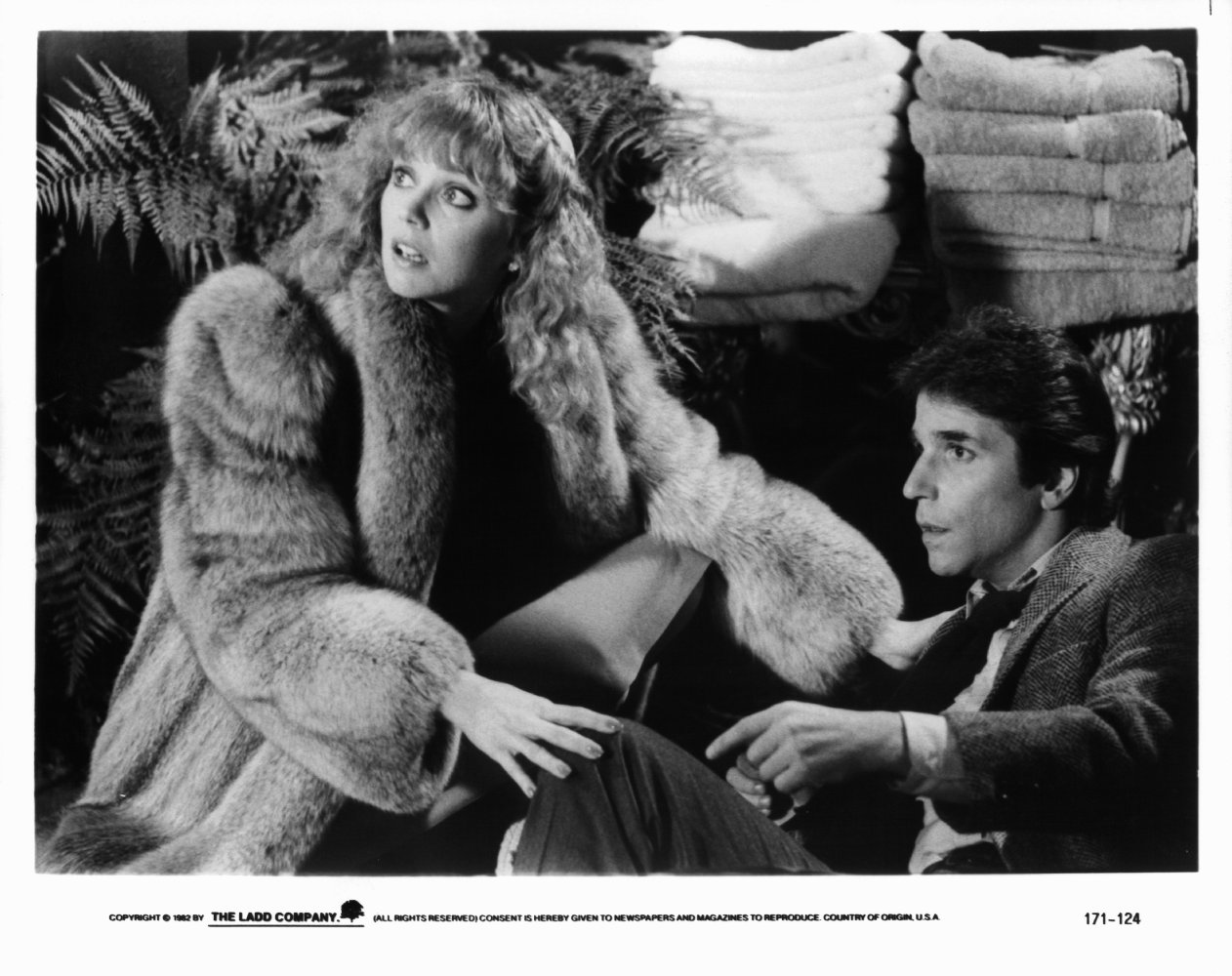

With The Times as his surrogate home, Jeff’s work life and social life often overlapped. Photo courtesy of New York Times Company Archives. Left to right: William Greer, Jeff, Nicholas Horrock, Charles Strum, Dennis Stern, James Gleick. Here he is among the metro desk staff in 1982. Photo by Teresa Zabala/ The New York Times.Īlthough Jeff never held the title of metropolitan editor, he essentially ran The Times’ city and suburban coverage in the late 1970s and early 1980s. From left to right: Jeff, Eileen Butler, Allan Siegal and Lou Jordan, the news editor who oversaw the project. In the summer of 1975, when he was only 21, he was put on the team that revised the newspaper’s authoritative and influential Style Book. Jeff’s editing talent was recognized early in his years on The Times. – this is his high school graduation photo – but he desperately wanted to get out and live in New York, especially as he came to realize in his teenaged years that he was gay. Somehow, in spite of my overall ignorance, he’d sized me up as someone capable of being sensitized to the reality of gay existence and of doing some small part to personally improve the Times’ coverage of it. Already in my brief time on the Times, Jeff had told me he was gay, the first person in my life to make such an admission. Even if the night shift sounded like a punishment, Jeff saw it as a way for me to get to know more editors and for them to get to know me.Īs the last day of my two-week stint approached, Jeff gave me a field assignment.

The honorific Jeff really deserved with me was “rabbi,” newsroom slang for that kind of boss who guided and guarded you. Jeff’s official title was Regional Editor, the person charged with overseeing the Times’ suburban coverage, though he essentially ran the city desk. While Jeff was only two years older than me, he had worked at the Times since his late teens and dropped out of Columbia University at barely 20 to become a full-time copy editor. The temporary reassignment had been orchestrated by my immediate superior, Jeff Schmalz. I was also in the midst of some struggle, trying to rapidly raise my standards from the local newspapers of my career thus far to the rarefied echelon of the Times. I was 26 and less than a year into my dream job, one I had coveted since first visiting the Times on a sixth-grade class trip.

Midway through June of 1982, I was summoned from my usual post in the Connecticut bureau of The New York Times to spend two weeks doing a night shift in the legendary newsroom on West 43rd Street in Manhattan.


 0 kommentar(er)
0 kommentar(er)
